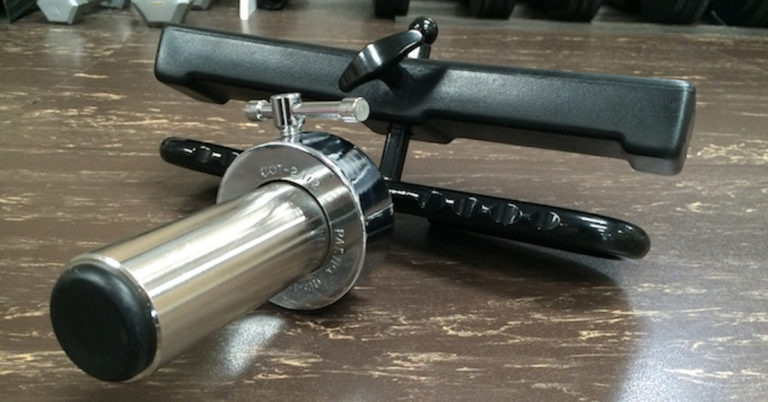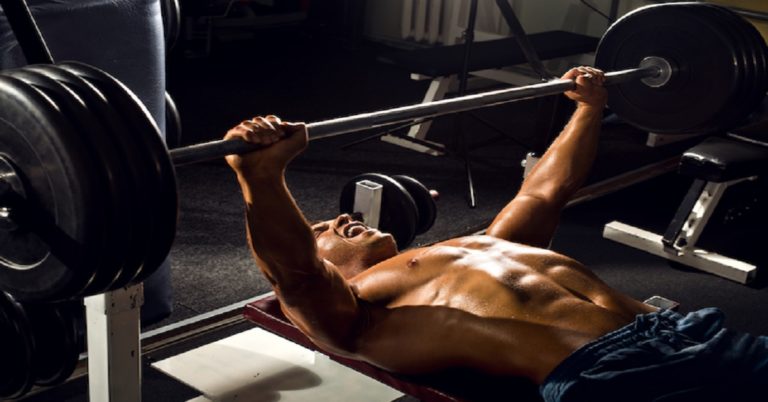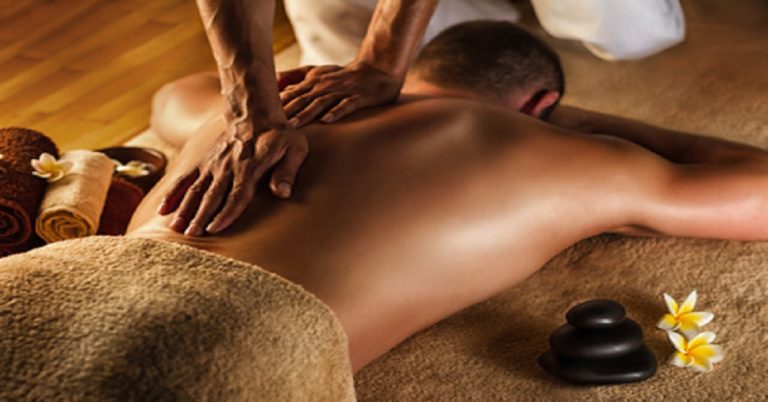Staying up to date with scientific research can give health & fitness professionals an edge. Here are some recent findings to help you stay ahead of the pack: Short, Specific Warm-Ups Are Just as Effective A short warm-up is as effective as a long warm-up for intermediate performance… To increase efficiency of time for training…
We all knew Jon Snow was coming back to life—but The Formulator too? Who would’ve thought? What Is The Formulator? The Formulator is a unique forearm training tool that locks directly onto your hands, eliminating the thumb as the weak link in forearm exercises. According to its original marketing: You’ll feel the Formulator difference in…
Testing your strength levels each year isn’t just about structural balance—it’s also essential for determining the optimal training frequency for your lifts. The Recovery Test Method Select one major lift per month to test, such as:✔ Squat✔ Deadlift✔ Bench Press✔ Pull-Up✔ Parallel-Bar Dip Each month, follow this structure: The next month, repeat the process with…
This program is designed to assess structural balance while training. Built into the routine are key strength norms from respected authorities such as Al Vermeil, Bill Hartman, Charles Poliquin, Dan Wathen, Mike Boyle, and Dr. Stuart McGill. The Routine Day 1 A1. Close-Grip Bench Press: 6 x 3 @ 40X0, 120s A2. Mid-Grip Pull-Up: 6…
For those who read my article 14 Reasons You Shouldn’t Ignore Full Squat Benefits!, here are four more reasons to reconsider the outdated belief that the knees shouldn’t pass the toes during squats. 1. The VMO and Knee Stability The vastus medialis obliquus (VMO)—a crucial stabilizer of the knee—has three innervation points and plays a…
Napping is a powerful restoration tool. Research suggests a biological need for midday naps, and according to Chad Waterbury, author of Huge in a Hurry, a short nap within an hour of finishing your workout is one of the most effective ways to enhance recovery. On non-training days, aim to nap between 1 p.m. and…
Whether your goal is muscle growth or fat loss, nutrition plays a crucial role in recovery. Both macronutrient (protein, fats, carbohydrates) and micronutrient (vitamins, minerals) intake must be sufficient for optimal performance between workouts. To maintain a positive nitrogen balance—essential for muscle growth—you should consume protein every three hours. However, many people rely on protein…
While aerobic training—often called cardio—has its place, excessive amounts can have long-term drawbacks. It may increase oxidative stress, accelerate cell aging, deplete trace minerals, elevate cortisol levels, slow metabolism, and reduce strength, speed, and power. Elevated cortisol, in particular, can negatively impact the body by decreasing thyroid function, breaking down muscle tissue, suppressing the immune…
Whenever possible, invest in professional massage therapy. A deep-tissue massage can target specific problem areas that need extra attention, while a full-body massage can help alleviate stress and promote overall relaxation. These treatments are invaluable for maintaining muscle health and setting the proper tone for continual progress in the gym. Self-massage is another effective tool…
Electronic muscle stimulation (EMS) can be a valuable tool for weightlifters. Here are four ways you can benefit from EMS: Kots’ method works well 4–6 hours after a workout as part of a double-split system, while the recovery method is best used the day after training. The latter can be conveniently performed while working on…










